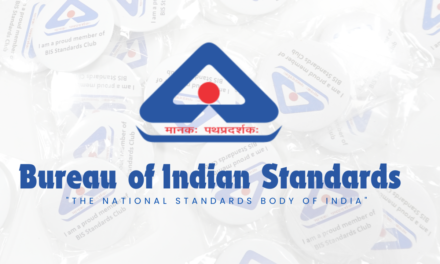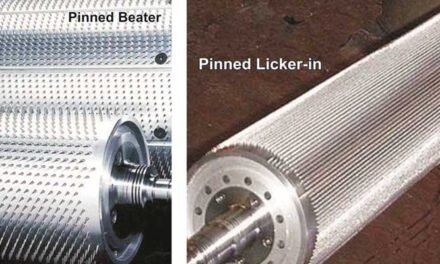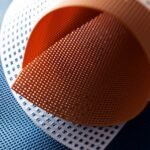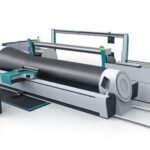What are the key differences between hand-knotted, tufted, and woven carpet and rug manufacturing methods, and how do they impact the final product’s quality?
Carpets and rugs are made using various techniques, each affecting the durability, quality, texture, and price of the final product. The three primary methods—hand-knotted, tufted, and woven—have distinct processes, advantages, and drawbacks. Here’s a detailed comparison:
1. Hand-Knotted Rugs:
Manufacturing Process:
- Hand-knotted rugs are created by skilled artisans who tie individual knots around the warp (vertical threads) on a loom.
- Each knot is tied and cut by hand, forming intricate patterns and designs.
- The number of knots per square inch (KPSI) determines the density, detail, and durability of the rug.
- Once the weaving is complete, the rug is sheared to achieve a uniform surface, washed, and sometimes treated for additional softness.
Impact on Quality:
✅ Exceptional Durability: Hand-knotted rugs can last for generations (50–100 years or more) due to the meticulous craftsmanship.
✅ Unique Designs: Since each rug is handcrafted, no two rugs are exactly the same.
✅ Premium Materials: Typically made from high-quality wool, silk, or cotton.
✅ High Knot Density: More knots mean intricate patterns, better definition, and longer lifespan.
❌ Time-Intensive & Expensive: Can take months or even years to produce, making them one of the most expensive types of rugs.
Best Used For:
- Luxury homes
- High-end décor
- Collector’s items & heirlooms
- Areas with high foot traffic (due to their durability)
2. Tufted Rugs:
Manufacturing Process:
- Instead of hand-tying knots, a tufting gun is used to punch loops of yarn through a fabric backing.
- After the design is completed, the loops are cut or left intact (for loop pile rugs).
- A secondary backing is glued to the base to secure the fibers and prevent unraveling.
Impact on Quality:
✅ Faster Production: A tufted rug can be made in a few hours to days, compared to months for hand-knotted rugs.
✅ More Affordable: Less labor-intensive, making it a cost-effective option.
✅ Thicker & Plush: Ideal for a soft, cushioned feel underfoot.
❌ Lower Durability: The glue backing can degrade over time, causing fibers to loosen. Lifespan is typically 5–10 years.
❌ Shedding Issues: Loose fibers may shed, especially in new rugs.
Best Used For:
- Budget-friendly home décor
- Short-term use (rental properties, kids’ rooms)
- Areas with low to moderate foot traffic (e.g., bedrooms, living rooms)
3. Woven (Machine-Woven & Hand-Woven) Rugs:
Manufacturing Process:
- Machine-Woven Rugs: Created using power looms that interlace yarn through warp and weft threads.
- Hand-Woven (Flatweave) Rugs: Made on a loom by manually interlacing warp and weft yarns without knots or tufting.
- Includes types like Wilton, Axminster, Kilims, and Dhurries.
Impact on Quality:
✅ Highly Durable: Especially for Axminster and Wilton woven rugs, which last 20–50 years.
✅ Consistent & Precise Patterns: Machine-woven rugs can replicate intricate designs with precision.
✅ Affordable Yet Durable: More durable than tufted rugs but cheaper than hand-knotted.
❌ Less Unique: Machine-woven rugs lack the uniqueness and slight imperfections of handmade rugs.
❌ Flatweave Rugs Lack Cushioning: Handwoven flatweave rugs (e.g., Kilims, Dhurries) are thinner and lack the plushness of tufted or knotted rugs.
Best Used For:
- Machine-Woven: High-traffic areas (hotels, offices, homes with pets/kids).
- Flatweave (Hand-Woven): Bohemian, minimalist décor, reversible rugs.
- Luxury woven rugs (Axminster/Wilton): Upscale residential or commercial spaces.
Choosing the Right Rug Type:
- If you want the highest quality, longest lifespan, and heirloom value, go for a hand-knotted rug.
- If you need an affordable yet stylish option for short-term use, a tufted rug is a great choice.
- If you want a durable, consistent, and budget-friendly alternative, opt for woven rugs (especially machine-woven for precision or flatweave for flexibility).







